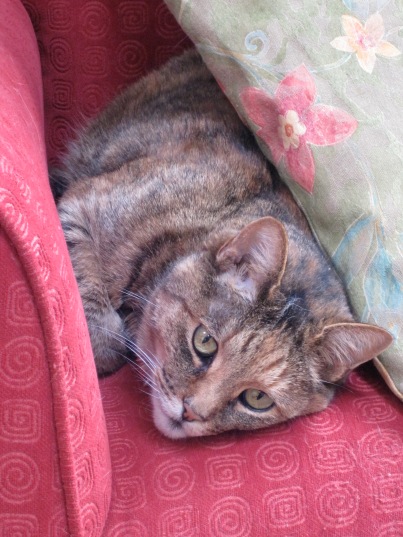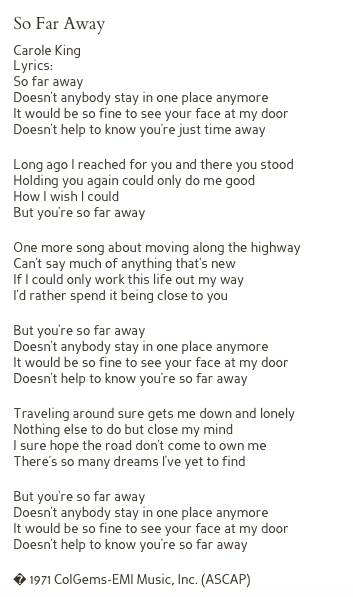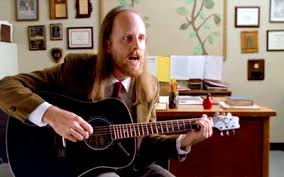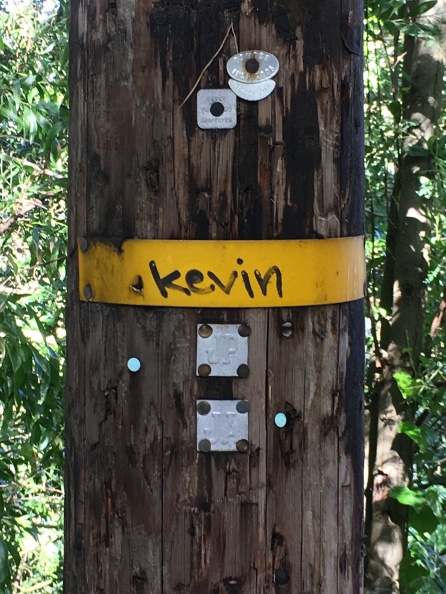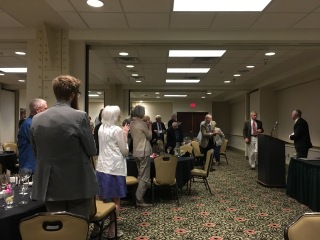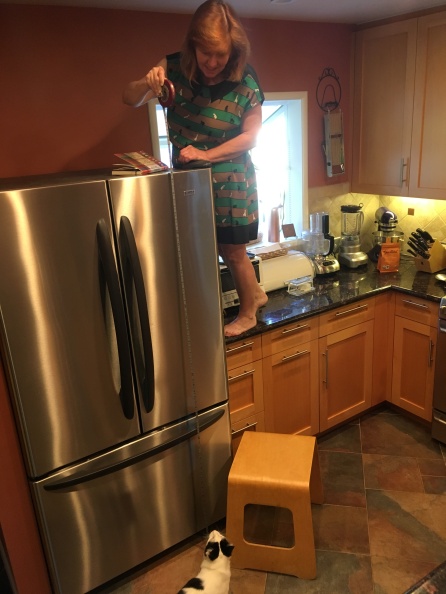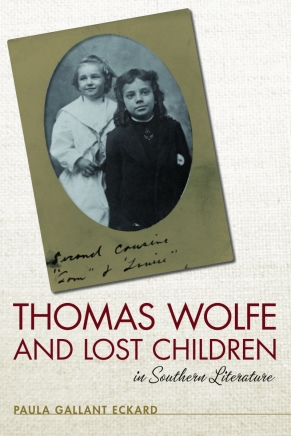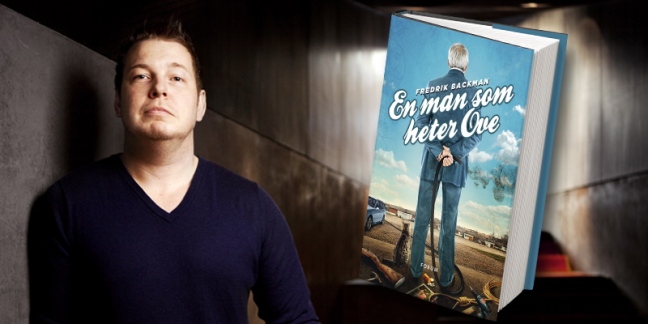I am a big fan of the wonderfully crafted NBC drama This Is Us. It makes me cry pretty much every episode. The soundtrack music is well-chosen, and the depiction of past decades makes me warm with nostalgia.

The show is a touching family saga as well as a commentary on issues such as fat shaming, racism, depression, alcoholism (well-depicted, I must say, which isn’t always true), and other important topics. As I have been hearing from more and more people, arguably the heart of the show is father Jack Pearson, played heartbreakingly by Milo Ventimiglio.

Jack Pearson is a man with demons, he is flawed, but he is a good man. And he loves his family more than anything.


As a sensitive person who cries at the silliest things, the recent October 16th episode of the show that was devoted to Jack’s backstory and his volunteering to go to Vietnam in 1971 had me teary-eyed from the get-go. I still tear up when I think back on it. It made me unbearably sad, not just for the characters on the show, but for every young person sent off to war, facing the possibility of their own death, leaving their loved ones behind.

A big part of what made the story so moving was Jack’s reason for volunteering in the first place. He could have sat out the war with his 4-F classification, using his heart condition to justify not going. But he’s been told all his life that his job is to protect his little brother Nicky. His bond with and love for Nicky is fierce. When Nicky is drafted and things go badly for him from the beginning, Jack manages to bypass his medical status through a trick his doctor reluctantly passes on to him, and off he goes. It’s not a spoiler that Nicky doesn’t survive. That’s been known from the beginning of the series. It makes it that much harder to watch as Jack goes, since we know that he won’t be able to save Nicky in the end.

The episode is so well-crafted, written by series creator Dan Fogelman with Vietnam veteran and author Tim O’Brien, most known for his influential and thought-provoking short story The Things They Carried.


The music that stood out to me and sent me down a rabbit hole of research and music purchasing was Tom Rush’s version of Child’s Song. It is haunting in the show’s context of a young man leaving home for war. The song of growing up and moving on, written by Murray McLauchlan and released by Tom Rush on his 1970 album Tom Rush, will have different meanings depending on your age, family circumstances, etc. Tom Rush has been reported to have said that it took him 3 months after recording it to be able to sing it in public without starting to cry. It’s that real.
Goodbye momma goodbye to you too pa
Little sister you’ll have to wait a while to come along
Goodybye to this house and all its memories
We just got too old to say we’re wrong
Got to make one last trip to my bedroom
Guess I’ll have to leave some stuff behind
It’s funny how the same old crooked pictures
Just don’t seem the same to me tonight
There ain’t no use in shedding lonely tears mamma
There ain’t no use in shouting at me pa
I can’t live no longer with your fears mamma
I love you but that hasn’t helped at all
Each of us must do the things that matter
All of us must see what we can see
It was long ago you must remember
You were once as young and scared as me
I don’t know how hard it is yet mamma
When you realize you’re growing old
I know how hard is not to be younger
I know you’ve tried to keep me from the cold
Thanks for all you done it may sound hollow
Thank you for the good times that we’ve known
But I must find my own road now to follow
You will all be welcome in my home
Got my suitcase I must go now
I don’t mind about the things you said
I’m sorry Mom I don’t know where I’m going
Remember little sister look ahead
Tomorrow I’ll be in some other sunrise
Maybe I’ll have someone at my side
Mamma give your love back to your husband
Father you’ve have taught we well goodbye
Goodbye Mamma goodbye to you too pa
Goodbye momma goodbye to you too pa
Little sister you’ll have to wait a while to come along
Goodybye to this house and all it’s memories
We just got too old to say we’re wrong
Got to make one last trip to my bedroom
Guess I’ll have to leave some stuff behind
It’s funny how the same old crooked pictures
Just don’t seem the same to me tonight
There ain’t no use in shedding lonely tears mamma
There ain’t no use in shouting at me pa
I can’t live no longer with your fears mamma
I love you but that hasn’t helped at all
Each of us must do the things that matter
All of us must see what we can see
It was long ago you must remember
You were once as young and scared as me
I don’t know how hard it is yet mamma
When you realize you’re growing old
I know how hard is not to be younger
I know you’ve tried to keep me from the cold
Thanks for all you done it may sound hollow
Thank you for the good times that we’ve known
But I must find my own road now to follow
You will all be welcome in my home
Got my suitcase I must go now
I don’t mind about the things you said
I’m sorry Mom I don’t know where I’m going
Remember little sister look ahead
Tomorrow I’ll be in some other sunrise
Maybe I’ll have someone at my side
Mamma give your love back to your husband
Father you’ve have taught me well goodbye
Goodbye Mamma goodbye to you too pa
The feeling of sadness, despair, and gloom I felt might have been compounded by the realization, after watching the magnificent Ken Burns and Lynn Novick documentary series The Vietnam War that aired on PBS starting in September, 2017, of how little I knew about the conflict in Vietnam and its repercussions, about the lies behind the war, and the needless loss of so many lives. The soldiers who survived came back forever changed and were met with hostility. When I watched the series, I just wanted to curl up in bed under the covers and never come out.


The feelings that The Vietnam War, This Is Us, and Child’s Song wrought in me reminded me the disturbing and, for me, life changing, art exhibition I worked on when I was with the now-defunct Copia: The American Center for Wine, Food & the Arts in Napa, California.

As the assistant registrar in the art exhibitions department, it was my task to count and document the condition of each work of art displayed in any exhibition. In about 2003, we presented a show of artist Julie Green’s painted plates, The Last Supper, in which she painstakingly depicts the last meal requests of real death row prisoners who’ve been executed. Talk about a difficult subject…

Last I checked, the plate collection was up to over 700. That represents 700 real people who have been put to death by various state governments. People who knew they would die, who knew when they would die, and how. Who ordered their last meals, and either ate them or didn’t (I wouldn’t be able to), and then prepared for their executions. As I handled each plate, reading on the backs the locations and dates of the executions and looking at the images of the requested meals, I felt sad, sick, hopeless, ashamed. My intention is not to start a political debate about the death penalty. What I am trying to convey is that sense of empathy for another human being, of trying to understand what it’s like for someone facing their own mortality. I talk about practicing kindness, compassion, and empathy a lot, not because it comes naturally for me but because I have to work at it. Yes, the people (predominantly but not all men) whose meals are illustrated in the plates were convicted of horrible crimes. I am not defending them. I am lamenting a society in which we can justify taking the lives of others.
Across from the Bay Area Rapid Transit System (BART) station in nearby Lafayette, California are the white crosses on the hill that can be seen from Highway 24. An anti-war memorial, each cross represents an American soldier killed in Iraq or Afghanistan since 2006. The last count I found was close to 8,000 crosses on the 2.7 acre hillside. It’s hard to capture the feeling it engenders when seen. It’s vast and beautiful and disturbing and sobering all at the same time.

I honestly don’t know how to shake off the feelings of despair and hopelessness. One of the things I strive for these days is positivity and cheerfulness. But you can’t always be positive and cheerful , can you? There are bad things in the world, and despite my desire to bury my head in the sand and avoid anything unhappy, I feel like I have an obligation to increase my awareness of what is happening in my neighborhood, my country, my world. It is only with knowledge that we can make change.

P.S. Maybe it will cheer you up to look back on a younger Milo Ventimiglio, who was Rory’s love interest Jess Mariano on another favorite show, Gilmore Girls, in 2002. I was definitely one of the show’s fans who hoped Rory would end up with Jess. He was the misunderstood, brooding bad boy, just the right counterpart to too-good-to-be-true Rory.

Maybe that’s what I need–no, not a bad boy, but to watch some Gilmore Girls as an antidote to my “the world sucks” blues. A little time in fictional Stars Hollow, where everyone knows each other and you can drink coffee to your heart’s content at Luke’s Diner. Escapism at its best!

As always, peace and hugs.






































